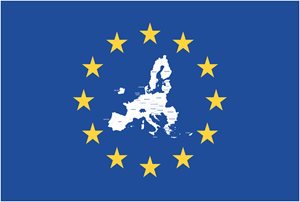The linguistic review process in the centralized procedure in the EU
 Advertising, Promotion and LabelingBiologics/ biosimilars/ vaccinesEuropeMedical DevicesPharmaceuticals
Advertising, Promotion and LabelingBiologics/ biosimilars/ vaccinesEuropeMedical DevicesPharmaceuticals Advertising, Promotion and LabelingBiologics/ biosimilars/ vaccinesEuropeMedical DevicesPharmaceuticals
Advertising, Promotion and LabelingBiologics/ biosimilars/ vaccinesEuropeMedical DevicesPharmaceuticals